What is plastered bathroom walls?
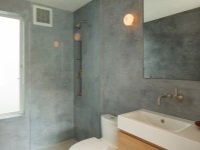
The rough finishing of the walls is an important stage of the repair. Preparation of the walls in the bathroom has its own nuances, since it is a room with a special climate. High humidity and frequent temperature fluctuations are the main reasons why materials for finishing this room are chosen very carefully.
Surfaces in the bathroom should be covered with waterproof finishing material - only in this case the bathroom will be comfortable, beautiful and safe. And if we have already talked about the different types of coatings for the bathroom more than once, the question of plastering the walls on our website has not yet been considered. In this article, we will tell you about what composition is better to use for plastering walls in the bathroom.
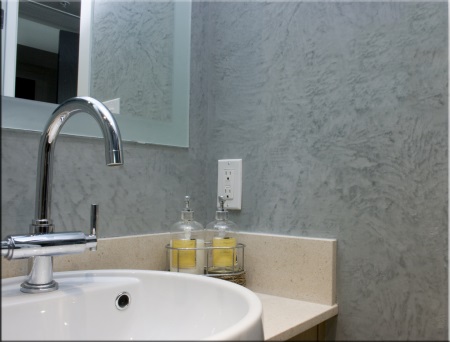
With what to plaster the walls in the bathroom under the tiles?
What plaster to use for leveling the walls in the bathroom depends on what material the walls are made of and what they are treated with. All plasters are divided into two large groups:
- Plasters on a gypsum base;
- Cement-based plasters.
The first can only be used for interior finishing work, and they are categorically not suitable for the bathroom, as gypsum is very poorly tolerant of moisture. The second type is more versatile, it is not affected by moisture, so it is excellent for finishing walls in the bathroom.
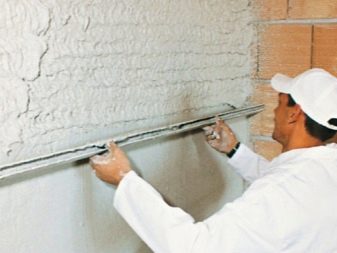
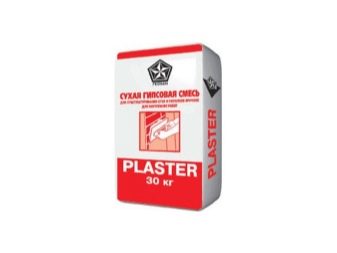
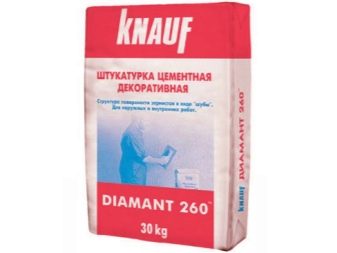
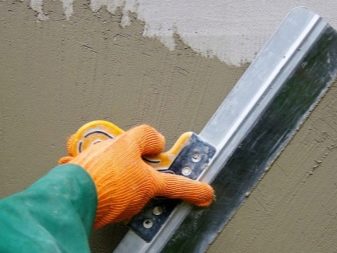
Depending on the wall material
The specific type of plaster that we choose will depend on the material of the walls. Let's consider the possible options.
Concrete
Professional craftsmen-finishers often have to apply plaster directly on the concrete surface, since this is a very common material for building houses. For concrete walls, one of two varieties of cement plaster is usually chosen:
- traditional cement-lime plaster;
- The more modern polymer cement plaster.
The latter variant is an ordinary cement mortar with the addition of plasticizers, which make the mass more elastic.
For best results, concrete walls can be reinforced with special meshes made of metal or fiberglass before plastering.
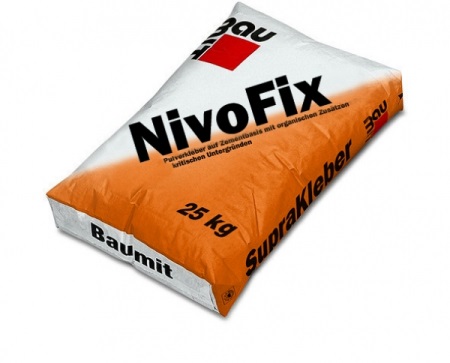
Brick
Brick walls are quite undemanding, so they can be plastered through a variety of compositions. Most often for finishing work on brick choose one of the following varieties of plaster mixes:
- cement;
- cement-lime;
- sand-lime;
- lime-gypsum (this option in the bathroom is better not to use).
The quality of finishing is influenced by the speed of setting of the plaster mixture. Gypsum plaster dries very quickly, so you should work with the appropriate speed. Setting time of lime plasters is much shorter, but they are much more plastic.

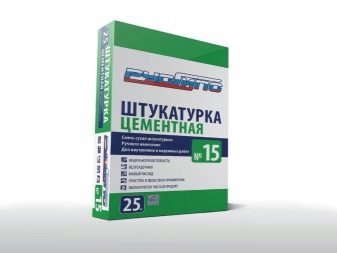
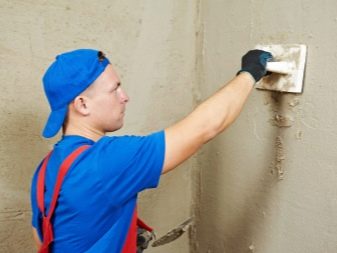
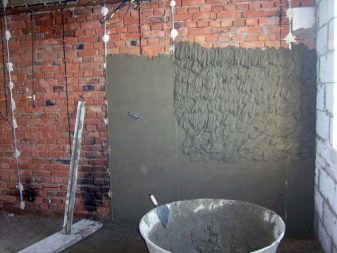
If you need to put a thick layer of plaster mixture, reinforce the walls with a special mesh.
Foam Concrete
Foam concrete walls have a porous surface, so it is necessary to level them. The advantage is that the plaster lies very well on the relief surface, in contrast to the smooth surface. But, in order to work easily, it is necessary to choose special plaster mixes, as conventional ones are not suitable for such walls. The use of universal compositions is also not recommended by specialists.
Information that the plaster is designed for work on foam concrete is indicated by the packaging. Firms that produce such mixes are now quite numerous, so it will not be difficult to find a suitable one. Often synthetic reinforcing additives are added to the composition of such plasters.
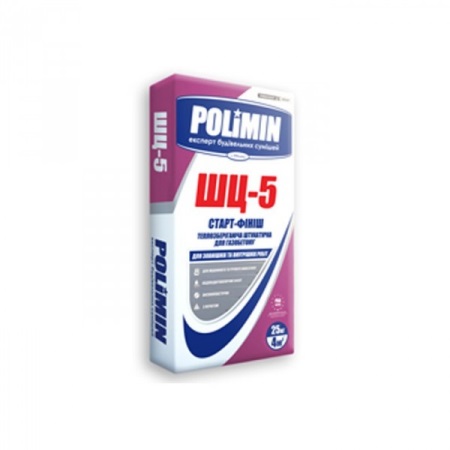
Gypsum partitions
Partitions made of gypsum - this is not the best solution for the bathroom, as this material does not like high humidity. However, provided that the walls are made of modern, high-quality, moisture-resistant (!) gypsum blocks, this option can be considered quite acceptable.
Only gypsum plaster mixes are suitable for gypsum blocks, as cement mortar on such a surface simply will not hold. To avoid the destructive effects of moisture on the plastered surface, the walls must necessarily be treated with a special waterproofing composition, and only then lay the cladding.
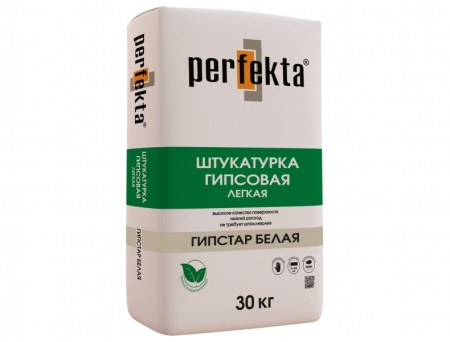
How to plaster?
Plastering the walls in the bathroom takes place in several stages.
- Preliminary preparation of the surface. Clean the walls of dirt and remnants of old finishing materials. If there are large, visible spots on the surface, you should remove them. If the surface of the walls is perfectly smooth, add relief. To do this, go over them with a special notch - so the plaster will adhere better.
- Applying the initial layer. The first layer of plaster is called a spray coat. At this stage, the plaster mixture must be diluted to a sufficiently fluid consistency so that the mortar can be applied in a thin layer. First, the wall should be moistened with a paint roller or an ordinary sprayer. Then take a trowel and throw the mixture onto the wall in small portions. This layer should be embossed, so we do not level anything.
- Application of the main layer. The second layer of plaster is also called a rough coat. For it, we will need a thicker solution, which we will apply with a trowel, and then level with a long metal half-trowel. The thickness of this layer should be about 0.5 cm.
- Application of the final coating. The last layer of plaster is called the finishing or finishing coat. It should be significantly thinner than the others, so it should be applied to the most even surface. Before you start the finishing coat, make sure that the previous layers of plaster have dried well. Then moisten the walls again and start applying plaster, immediately smoothing out section by section. Apply the mortar with a trowel, and level with the same trowel, making circular motions counterclockwise.
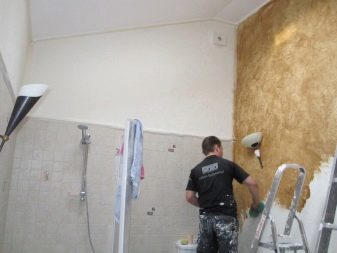
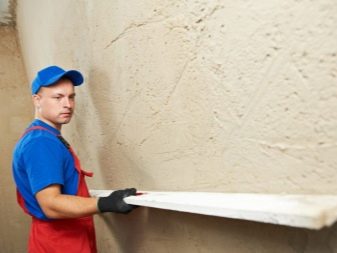
Is additional waterproofing required?
In conclusion, we will try to answer the question that interests many novice painters, "Should you provide additional waterproofing for walls in the bathroom?" The answer in most cases will be negative.
If you will use materials designed for finishing rooms with a high level of humidity (such as ceramic tiles, plastic panels or moisture-resistant decorative plaster), then you will not need waterproofing. About the case in which you can not do without it, we have already written above in the section on plastering gypsum blocks.
Decorative moisture-resistant plaster for the bathroom was considered by us in another article.

In the following video the author will show how to plaster the walls in the bathroom with moisture-resistant gypsum plaster.




